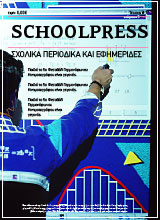Christmas and New Year in Britain

Christmas and the New Year in Britain
There are lots of Christmas and New Year traditions in Britain.
First of all London’s Christmas decorations. Every year the people of Norway give the city of London a present… It’s a big Christmas tree and it stands in Trafalgar Square. Also in central London, Oxford Street and Regent Street always have beautiful decorations at Christmas. Thousands of people come to look at them.
In 1843 the 1st christmas card was printed. It depicted a traditional British family along with charity scenes.
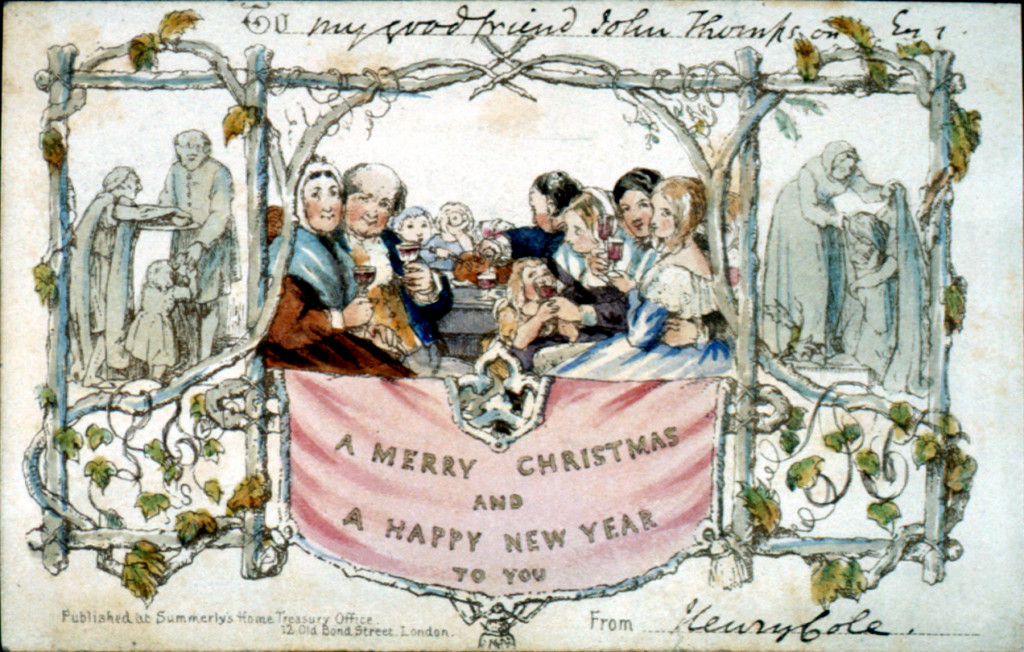
Cards, trees and mistletoe. In 1846 the first Christmas cards appeared widely in Britain. That was five years after the first Christmas tree. Queen Victoria’s husband, Prince Albert, brought this German tradition (he was German) to Britain. He and the Queen had a Christmas tree at Windsor Castle in 1841. A few years after, nearly every house in Britain had one.
Traditionally people decorate their trees on Christmas Eve – that’s December 24th. They take down the decorations twelve days later, on Twelfth Night (January 5th).
An older tradition is Christmas mistletoe.
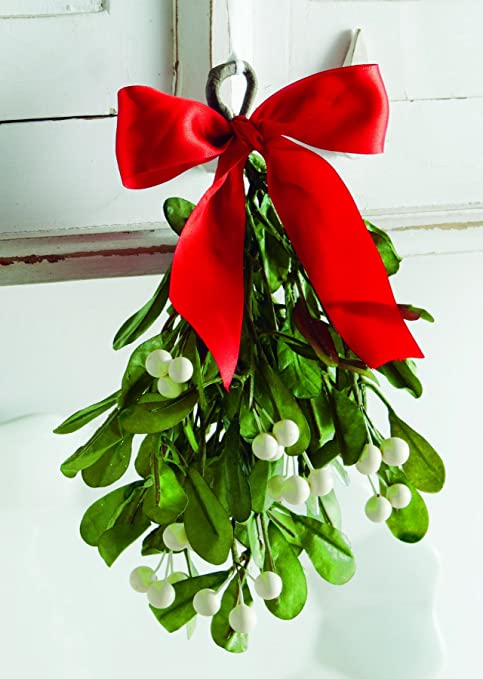 People put a piece of this green plant with its white berries over a door. Mistletoe brings good luck, people say. Also, at Christmas British people kiss their friends and family under the
People put a piece of this green plant with its white berries over a door. Mistletoe brings good luck, people say. Also, at Christmas British people kiss their friends and family under the
mistletoe.
Carols. Before Christmas, groups of singers go from house to house. They collect money and sing traditional Christmas songs or carols. There are a lot of very popular British Christmas carols. Three famous ones are:
«Good King Wenceslas», «The Holly and The Ivy» and «We Three Kings».
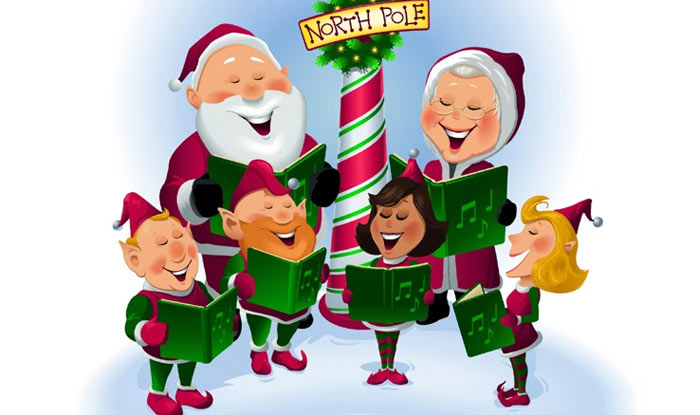
Christmas Eve. British children don’t open their presents on December 24th. Father Christmas brings their presents in the night. Then they open them on the morning of the 25th.
There’s another name for Father Christmas in Britain – Santa Claus. That comes from the European name for him – Saint Nicholas. In the traditional story he lives at the North Pole.
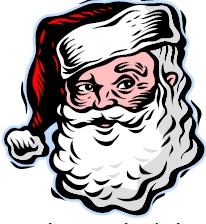 But now he lives in big shops in towns and cities all over Britain. Well, that’s where children see him in November and December. Then on Christmas Eve he visits every house. He climbs down the chimney and leaves lots of presents. Some people leave something for him, too. A glass of
But now he lives in big shops in towns and cities all over Britain. Well, that’s where children see him in November and December. Then on Christmas Eve he visits every house. He climbs down the chimney and leaves lots of presents. Some people leave something for him, too. A glass of
wine and some biscuits, for example.
Christmas Day. In Britain the most important meal on December 25th is Christmas dinner. Nearly all Christmas food is traditional, but a lot of the traditions are not very old. For example, there were no turkeys in Britain
before 1800. And even in the nineteenth century, goose was the traditional meat at Christmas. But not now.
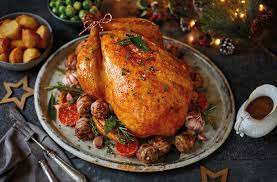
A twentieth-century British Christmas dinner is roast turkey with carrots, potatoes, peas, Brussels sprouts and gravy. There are sausages and bacon too. Then, after the turkey, there’s Christmas pudding.
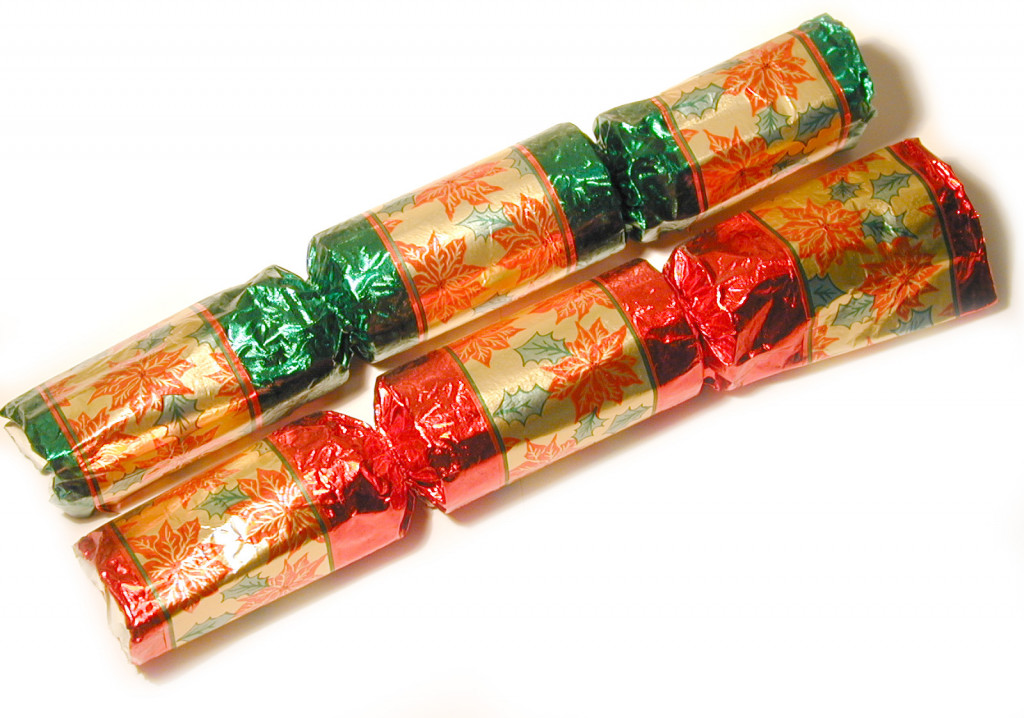
Crackers are also usual at Christmas dinner. These came to Britain from China in the nineteenth century. Two people pull a cracker. Usually there’s a small toy in the middle. Often there’s a joke on a piece of paper, too. Most of
the jokes in Christmas crackers are not very good. Here’s an example:
CUSTOMER: Waiter, there’s a frog in my soup.
WAITER: Yes, sir, the fly’s on holiday.
Boxing Day. December 26th is Boxing Day. Traditionally boys from the shops in each town asked for money at Christmas. They went from house to house on December 26th and took boxes made of wood with them. At each house people gave them money. This was a Christmas present. So the name of December 26th doesn’t come from the sport of boxing – it comes from the boys” wooden boxes. Now, Boxing Day is an extra holiday after Christmas Day.
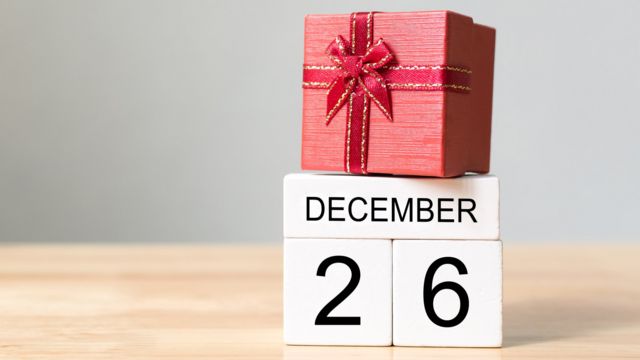
First Footing. In Scotland the name for New Year’s Eve is Hogmanay. After midnight people visit their friends.
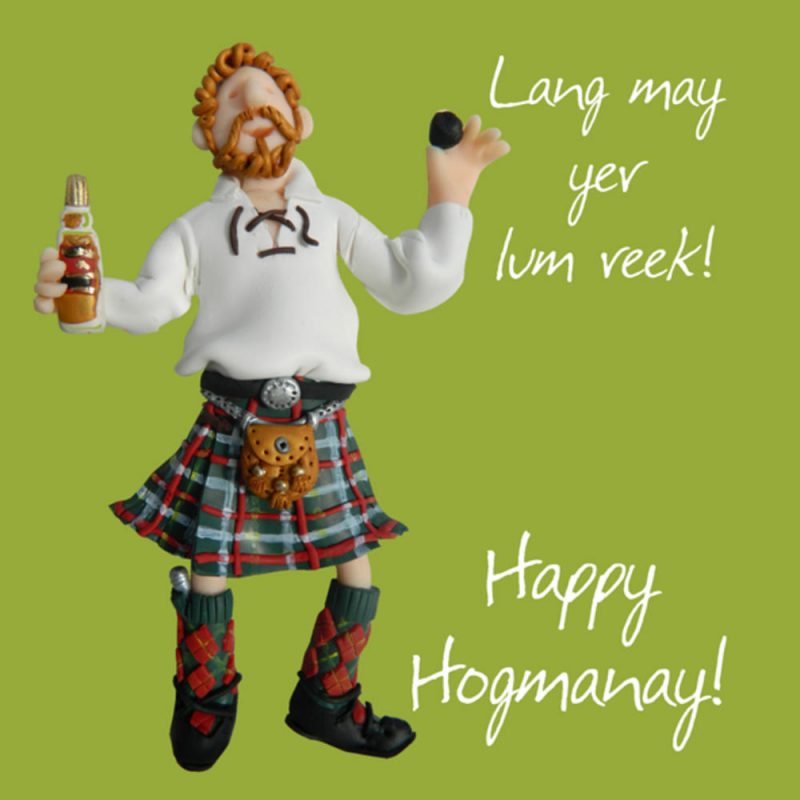
And they take a present – a piece of coal. Why? Because traditionally the first visitor of the year must carry coal into the house. This is «first footing». It brings good luck. It also helps to make a fire in the middle of winter.
New Year Resolutions. What are your worst faults? Do you want to change them? In Britain a lot of people make New Year Resolutions on the evening of December 31st. For example, «I’ll get up early every morning next
year.» or »I’ll tidy my every day.» But there’s a problem. Most people forget their New Year Resolutions on January 2nd.
Σχολιάστε
Για να σχολιάσετε πρέπει να συνδεθείτε.

